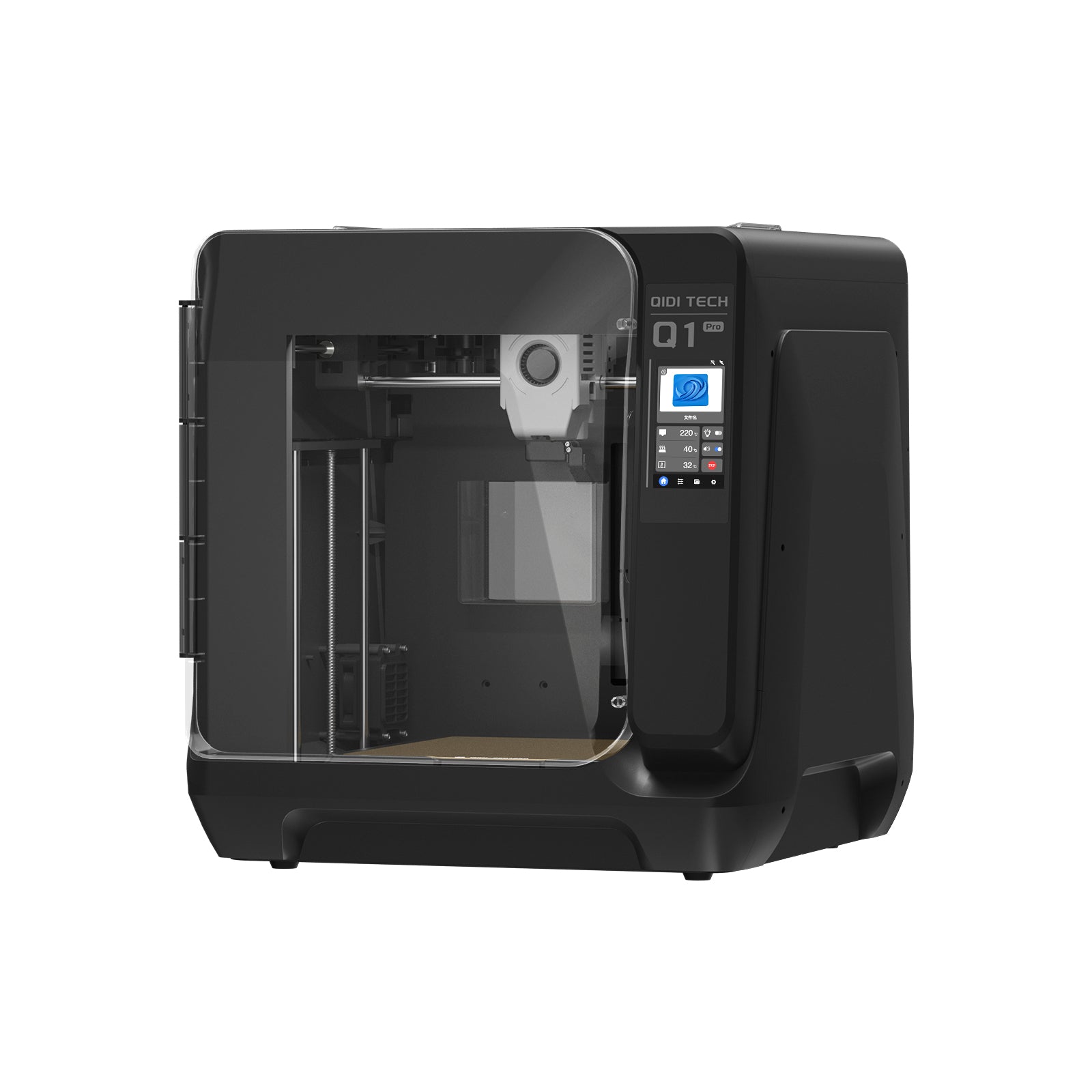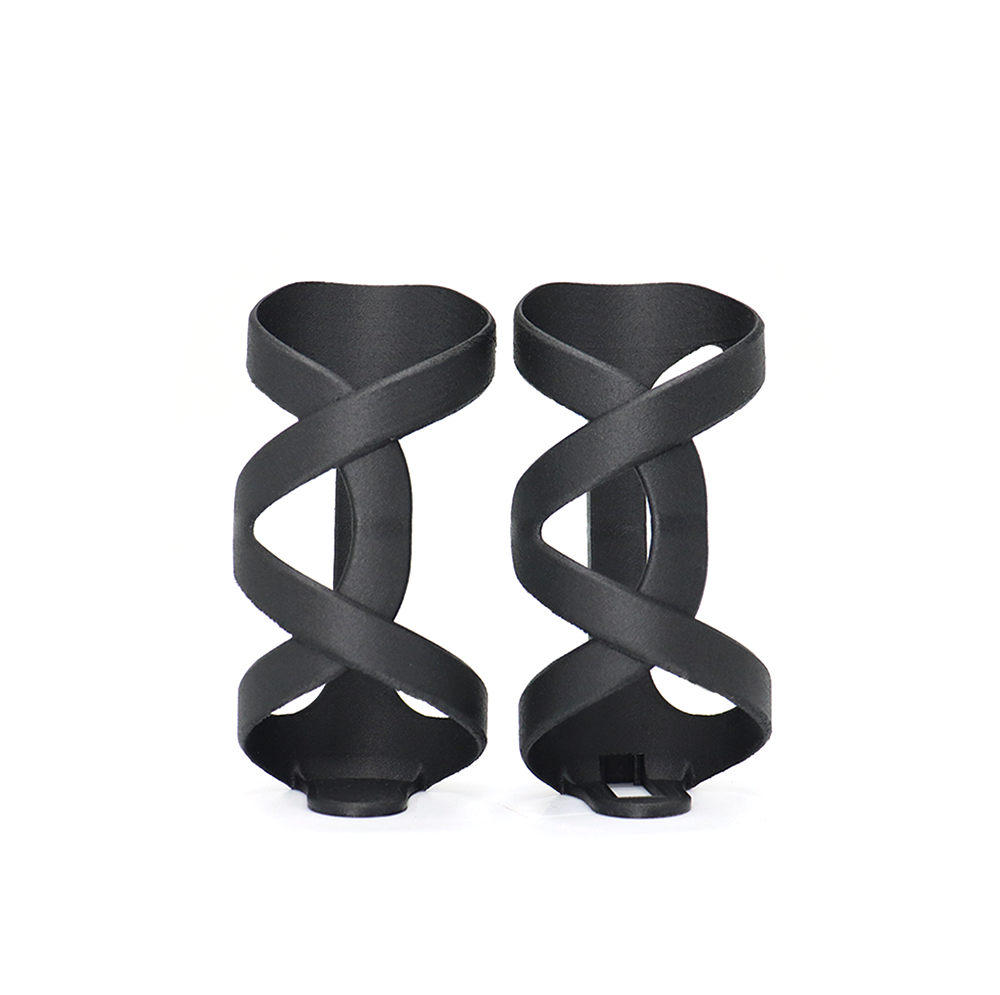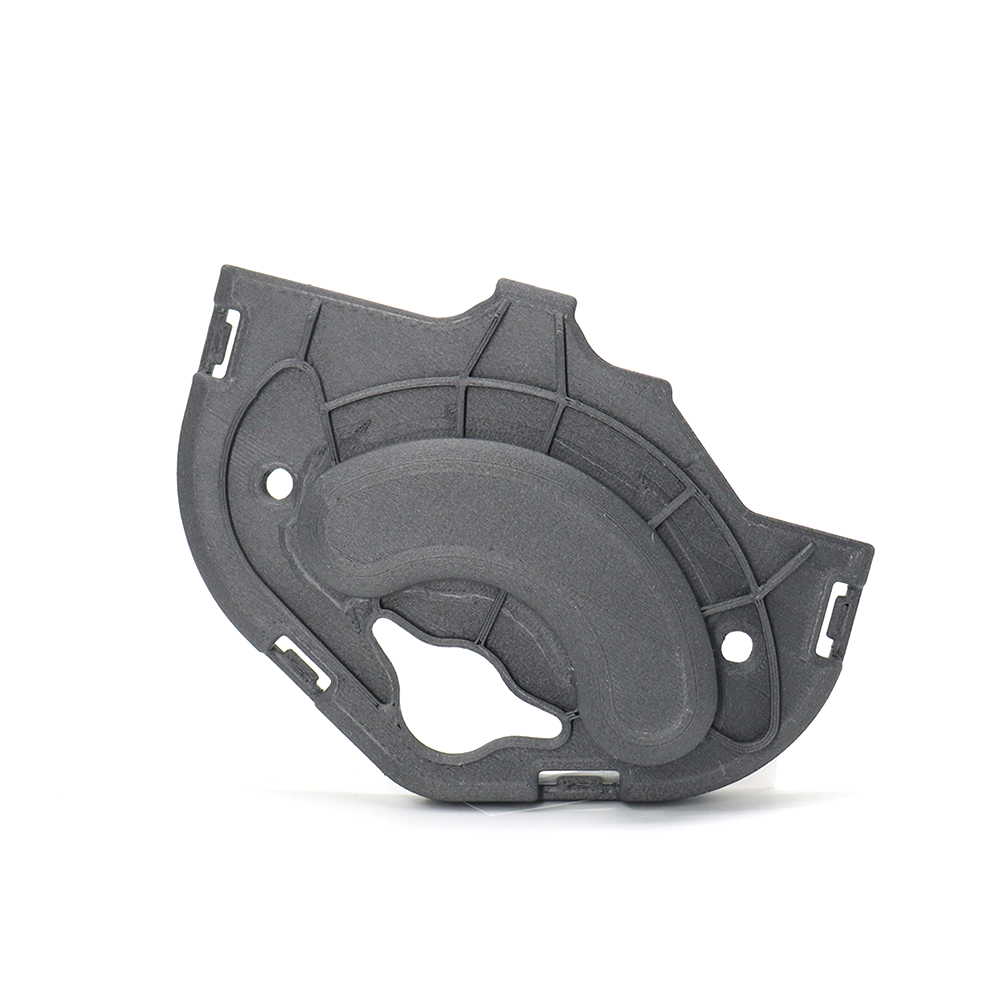What Is the Strongest 3D Printing Material?
Table of Contents
-
Fundamentals of 3D Printing Material Strength
- 1. Tensile Strength: Measure a Material's Resilience
- 2. Elongation and Ductility: Evaluate Flexibility and Deformation
- 3. Hardness: Assess Resistance to Wear and Indentation
- 4. Impact Resistance: Withstand Sudden Forces
- 5. Chemical and UV Resistance: Protect Against Sunlight
- 6. Temperature Resistance and HDT: Endure High Temperatures
-
Popular 3D Printing Materials and Their Strengths
- \n1. Polycarbonate (PC): Strong, Impact-Resistant, and Heat-Tolerant\n
- 2.Acrylonitrile Butadiene Styrene (ABS): Moderately Strong and Versatile
- 3.Polylactic Acid (PLA): Rigid, Strong, and Eco-Friendly
- 4.Nylon (PA): Flexible, Tough, and Impact-Absorbing
- 5.PEEK and Carbon Fiber Filaments: Extremely Strong and Heat-Resistant
- What Is the Strongest 3D Printing Material?
- Practical Considerations for Using Strong 3D Printing Materials
- Build Stronger, Print Smarter
- FAQs about 3D Printing Material
- Read More
The strength of your 3D printing materials is critical, whether you're engineering industrial components, designing protective gear, or crafting functional prototypes. Understanding the mechanical properties of different filaments is paramount for ensuring the durability, performance, and safety of your printed creations. In this guide, we'll explore the world of the strongest 3D printing materials, empowering you to select the ideal solutions for your most demanding applications. From defining the key measures of material strength to highlighting the advanced formulations that push the boundaries, you'll gain the insights needed to elevate your 3D printing capabilities.

Fundamentals of 3D Printing Material Strength
When selecting materials for your 3D printing projects, understanding the various aspects of material strength is crucial.
1. Tensile Strength: Measure a Material's Resilience
Tensile strength is the maximum stress a material can withstand while being stretched or pulled. High-performance filaments like PEEK, carbon fiber composites, and polycarbonate excel in this critical property, making them well-suited for demanding applications.
2. Elongation and Ductility: Evaluate Flexibility and Deformation
Another key factor is a material's ability to deform under stress, known as elongation or ductility. High-ductility materials, such as certain metals, can undergo significant deformation before failure, offering a combination of strength and flexibility. Conversely, low-ductility filaments may be more prone to brittle fractures.

3. Hardness: Assess Resistance to Wear and Indentation
Material hardness, as measured by the Rockwell scale for metals or the durometer scale for polymers, plays a crucial role in a part's resistance to wear and indentation. This is an important consideration for the durability and longevity of 3D printed components subjected to high levels of friction or physical stress.
4. Impact Resistance: Withstand Sudden Forces
For applications where the printed object may be subjected to unexpected shocks or collisions, such as in protective gear or machinery components, materials like polycarbonate, nylon, and PEEK excel in impact resistance.
5. Chemical and UV Resistance: Protect Against Sunlight
For 3D printed parts destined for chemically harsh environments or outdoor use, the materials' resistance to chemicals and ultraviolet (UV) radiation becomes paramount. Nylon, polycarbonate, and advanced polymers offer exceptional chemical resistance, while ABS, ASA, and UV-stabilized nylons demonstrate superior UV-blocking capabilities.
6. Temperature Resistance and HDT: Endure High Temperatures
The ability of a material to withstand elevated temperatures, as measured by its heat deflection temperature (HDT), is a crucial consideration for high-temperature applications. Nylon, PEEK, and polycarbonate are examples of filaments with impressive temperature resistance.
Popular 3D Printing Materials and Their Strengths
The world of 3D printing offers a diverse array of filament materials, each with its own blend of mechanical properties and performance characteristics.
1. Polycarbonate (PC): Strong, Impact-Resistant, and Heat-Tolerant
Polycarbonate is a tough 3D printing material. It resists breaking when stretched, doesn't shatter easily when hit, and keeps its shape even when hot. These features make it great for industrial parts, car components, and other uses where toughness is important.
2.Acrylonitrile Butadiene Styrene (ABS): Moderately Strong and Versatile
ABS is a common plastic for 3D printing. It has decent strength and resists impacts well, working for many different projects. While not as strong as polycarbonate, ABS is good for testing new designs and making consumer products.

3.Polylactic Acid (PLA): Rigid, Strong, and Eco-Friendly
PLA is known for being strong, stiff, and biodegradable. It's also easy to print with. However, PLA softens when hot. It's best for projects that need to be environmentally friendly, educational uses, and items that won't be in high heat.
4.Nylon (PA): Flexible, Tough, and Impact-Absorbing
Nylon, also called polyamide, stands out because it absorbs impacts well, is tough but slightly bendy, and resists wear and tear. These qualities make nylon great for test versions of products and machine parts that need to be both strong and slightly flexible.
5.PEEK and Carbon Fiber Filaments: Extremely Strong and Heat-Resistant
PEEK and carbon fiber materials are top-of-the-line for 3D printing. They offer exceptional strength and the ability to handle very high temperatures. These advanced materials are used for parts that need to carry heavy loads, airplane components, and medical devices.
Each of these materials has its own strengths, so the best choice depends on what you're making and how it will be used.
What Is the Strongest 3D Printing Material?
The strongest 3D printing material depends on the specific requirements of your project. However, three materials consistently rank among the top contenders: carbon fiber reinforced nylon, polycarbonate, and polyetherimide (PEI). Each excels in different aspects of strength and durability.
1.Carbon Fiber Reinforced Nylon: Strength Meets Flexibility
Carbon fiber reinforced nylon stands out as a powerhouse material. It combines carbon fiber's strength with nylon's toughness, resulting in a product that's both strong and resistant to wear. This material often finds its place in lightweight, sturdy airplane components, stress-resistant car parts, and durable industrial tools. Its performance frequently surpasses traditional options in challenging applications.
2.Polycarbonate: Exceptionally Durable
Polycarbonate is renowned for its toughness and heat resistance. It maintains its shape and integrity even under significant stress or high temperatures. You'll commonly find polycarbonate in protective equipment like goggles or helmets, high-stress machine components, and robust electronics casings. This material shines in environments that demand long-lasting, resilient solutions.
3.Polyetherimide (PEI): Versatile Performer
Polyetherimide, commonly known as Ultem, is a high-performance plastic. It boasts strength, heat tolerance, and chemical resistance, making it valuable across various industries. PEI proves its worth in interior airplane components, under-the-hood car parts, and chemical-resistant medical equipment. Its ability to maintain properties in extreme conditions makes it crucial for critical components.
The "strongest" 3D printing material varies based on specific needs. Your choice should consider the type of stress the part will endure, environmental conditions, weight requirements, and budget constraints. Careful evaluation of these aspects helps identify the material with the right strength profile for your project. Optimal strength doesn't always mean the best choice - finding the right balance of properties for your specific application is key.
Practical Considerations for Using Strong 3D Printing Materials
When choosing strong materials for 3D printing, there are several key factors to consider.
How Long Will It Last?
Strong materials should last a long time, but different things can affect how long they last. Water can weaken some materials over time. Very hot or cold temperatures can damage parts. Sunlight can make some plastics brittle. Different chemicals can affect materials in different ways.
It's important to choose a material that fits where your part will be used. A part that works well inside might not last long if it's used outside.
How Much Does It Cost?
Stronger materials often cost more money. Basic materials like PLA are usually the cheapest. Mid-range materials like Nylon cost more. High-performance materials like PEEK are the most expensive.
Think about whether you really need the strongest material. Sometimes, using a cheaper material but designing your part better can work just as well.
Will It Work With Your Printer?
Not all printers can use every type of material. Some materials need very high temperatures to print. Others need special surfaces to stick to while printing. Some materials need cooling while they print, but others don't.
You might need to upgrade your printer to use some strong materials. This could mean getting new parts that can handle higher temperatures, changing the surface you print on, adding a cover to keep heat in, or improving how your printer cools things.
Always check what your printer can handle and what the material needs. This helps you get good results and avoid breaking your printer.
Build Stronger, Print Smarter
When it comes to 3D printing, strength isn't the only factor to consider. While materials like carbon fiber reinforced nylon, polycarbonate, and PEI offer impressive strength, your choice should depend on your project's specific needs. Think about where the part will be used, how long it needs to last, and your budget. Don't forget to check if your printer can handle the material you want to use. You might need to upgrade your printer for some high-performance materials. By carefully weighing these factors, you'll create 3D printed parts that are not just strong, but also durable and cost-effective. Use this guide to make informed decisions for your next 3D printing project.
FAQs about 3D Printing Material
1. What material is stronger than PLA 3D printing?
Many materials are stronger than PLA. ABS is stronger and more heat-resistant. Nylon is even tougher and more flexible. For the highest strength, consider carbon fiber reinforced nylon, polycarbonate, or PEEK. These materials offer much better durability and heat resistance than PLA.
2. What is the best material to use for 3D printing?
There's no single "best" material - it depends on your needs. For easy printing and low cost, PLA is great. For strength and heat resistance, ABS or PETG work well. If you need the strongest options, look at polycarbonate or carbon fiber composites. Consider what properties are most important for your project when choosing.
3. What is the sturdiest material for 3D printing?
The sturdiest materials are usually composites like carbon fiber reinforced nylon, or high-performance plastics like PEEK or PEI (Ultem). These materials offer excellent strength, heat resistance, and durability. They're often used in aerospace or industrial applications where failure isn't an option.
4. What is the cheapest material to 3D print with?
PLA is typically the cheapest 3D printing material. It's easy to print with and widely available. ABS is also relatively inexpensive. Keep in mind that while these materials are cheap, they may not be suitable for all projects due to their limited strength and heat resistance.
5. What is the strongest pattern for 3D printing?
The strongest pattern is usually a grid-like infill at 50-100% density. Triangular or honeycomb patterns are also very strong. For outer walls, more perimeters (3-4) increase strength. Printing thicker layers can also help. Remember, the best pattern depends on your specific part and how it will be used.





